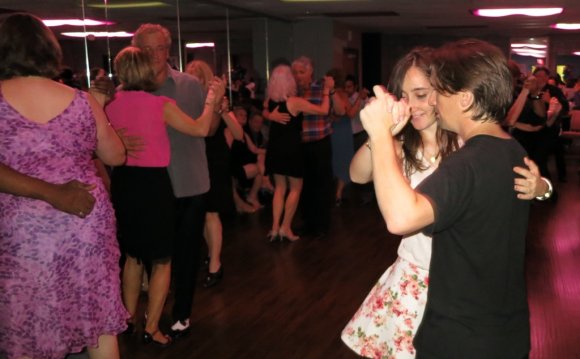
MilongaDance is moving to milonga songs.
Milonga dance includes the same standard elements as Tango but permits a greater relaxation of legs and body. Motion is normally faster, and pauses are less frequent. It is almost always a kind of rhythmic hiking without difficult numbers, with a far more entertaining and austere design on the other hand utilizing the severe and remarkable Tango.
You can find different styles of Milonga: "Milonga Lisa" (Simple Milonga), when the dancer measures on every beat associated with songs; and "Milonga con Traspié", in which the dancer uses Traspiés or contrapasos (modifications of fat from one foot to another and back again in double-time or three actions in 2 beats) to translate the songs. Hence, dynamics may be danced and never have to operate quickly or without the usage of much space.
In a novel published in 1883 Ventura Lynch, a noted contemporary pupil of the dances and folklore of Buenos Aires Province, noted the impact the Afro-Argentine performers had in the compadritos, just who evidently frequented the Afro-Argentine dance venues, "the milonga is danced just because of the compadritos regarding the city, who've produced it as a mockery for the dances the blacks hold in their own personal locations".
Ventura Lynch additionally noted the interest in the milonga. "The milonga is so universal inside environs associated with city that it is an obligatory piece at all the lower-class dances (bailecitos de medio pelo), which is today heard on guitars, on paper-combs, and from itinerant musicians due to their flutes, harps and violins. It has in addition been taken up because of the organ-grinders, with organized it in order to appear to be the habanera dance. It's danced also in the reasonable life clubs around...[main] markets, and in addition on dances and wakes of cart-drivers, the soldiery and compadres and compadritos.
Distinctive elements added from candombe had been "quebradas", improvised, jerky, semi-athletic contortions, the greater remarkable the better, and cortes, a suggestive pause, or sudden break in the figures associated with party. Unlike in after that "Tango" of this team, however, in which these motions had been danced apart, they certainly were now danced collectively. Jose Gobello suggested that the mazurka has also been altered in districts near to the docks. This Africanized milonga-tango, along with the habanera and mazurka, ended up being frowned-upon, and discovered completely unsatisfactory by some parts of Argentine high society.
References[edit]
- ^ Simon Collier, Tango!: The Dance, the Song, the Story (nyc: Thames and Hudson, 1995), p. 44-45, mentioning Ventura Lynch, La provinciade Buenos Aires tambien hasta la definicion de los angeles cuestion Capital de la Republica, page 16.
- Simon Collier, Tango!: The Dance, the Tune, the storyline (Nyc: Thames and Hudson, 1995), p. 46–47.
RELATED VIDEO
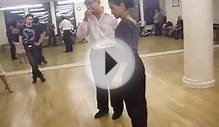
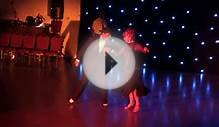
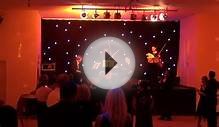

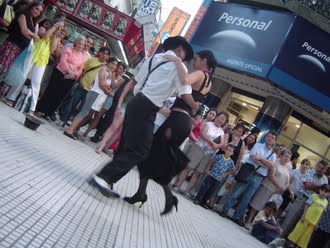 Argentine tango is a musical genre of simple quadruple metre and binary musical form, and the social dance that accompanies it. Its lyrics and music are marked by nostalgia, expressed through melodic instruments including the bandoneón. Originated at the ending of...
Argentine tango is a musical genre of simple quadruple metre and binary musical form, and the social dance that accompanies it. Its lyrics and music are marked by nostalgia, expressed through melodic instruments including the bandoneón. Originated at the ending of...








